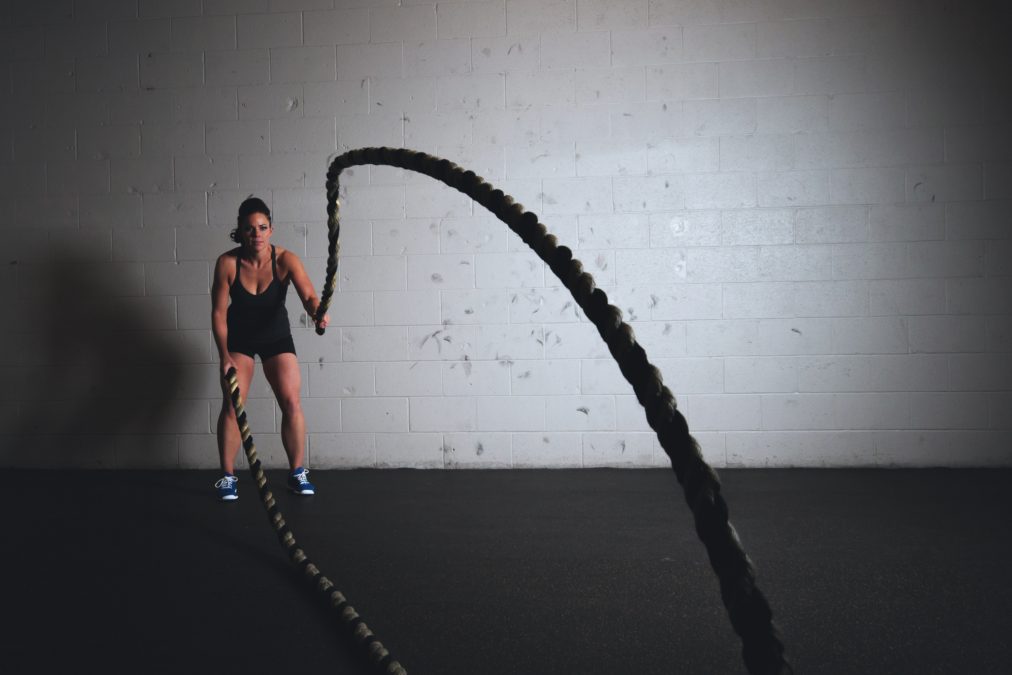Healthy Movement Through CrossFit

CrossFit’s philosophy is “constantly varied functional movement performed at high intensity”. This means that this exercise routine uses a variety of multi-joint and full body exercises. The term “high intensity” refers to the volume (sets and reps) as well as time domain; the goal is to perform the movements as efficiently as possible. CrossFit has become a popular method of exercise because it yields rapid results in increasing work capacity and strength, as well as its strong focus on building community within each gym. One of CrossFit’s biggest drivers of success is this sense of always having that support to come to the gym. Despite its popularity, CrossFit also has a reputation due to its potential risk for injury. As a physiotherapist and a former CrossFit competitor, I have seen both sides of the story.
As in any sport or activity, there is a risk for injury. Since CrossFit has a wide variety of movements, there will always be a challenge in some domains. “Jack of all trades, master of none” is a good way to summarize. This is actually a good thing, as the goal is to become as well rounded as possible, and this can actually decrease the risk for injury. However, if you and your coach are really stuck on a certain skill, it can be for reasons beyond the motor ability to acquire this skill. This is when referral to a physiotherapist that is familiar with CrossFit can help identify specific movement deficits.
While CrossFit advocates high intensity, this intensity is highly dependent on the individual’s current fitness abilities. All workouts are modifiable; if someone can’t do pull-ups, they can scale to another pulling movement that is at their level and that they can perform safely. This allows CrossFit to be inclusive to all levels of fitness, however the risk for injury increases when someone tries to complete a workout that is beyond the skill level.
The biggest piece of advice I can offer a CrossFit athlete is to listen to your body. While CrossFit can foster healthy competition with yourself and your peers, and bring excitement to your fitness routine, your body and health is the priority. If you are feeling extra sore from yesterday’s workout, today might not be the day to hit a personal best on a lift. If you had a stressful day at work, pushing yourself to go as fast as possible in your workout may not be the best option for you. I know asking to “listen to your body” seems like a simple piece of advice, but by taking a moment to be mindful of how your feel mentally and physically can help set appropriate expectations for that day. I have admittedly done it myself, and I also hear it far too often from my clients – “I should have done less weight on the bar” or “I should have scaled the workout more appropriately for today”. Make sure to do a self-check before your CrossFit workout and listen to your body to decrease your risk for injuries!
Charlotte Reiher, MPT, BKIN, CAFCI

About twice a month our therapists will be posting answers to commonly asked questions. So, if you have a burning question that you want answered let us know in the comments below.
We can cover anything ranging from active rehabilitation, to injury prevention.
This week our featured therapist is Charlotte Reiher. To learn more about Charlotte check out our PhysioWorks team.


Leave a Reply